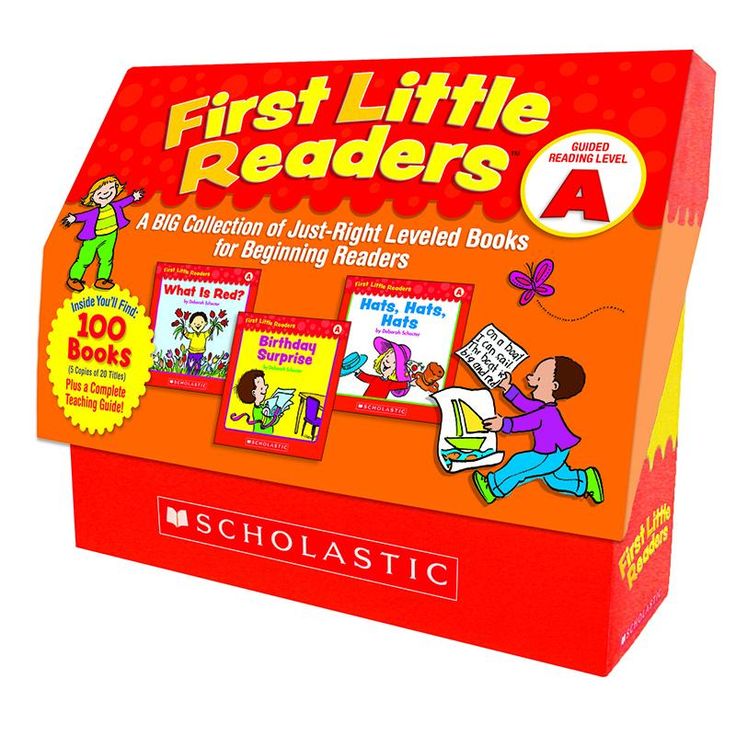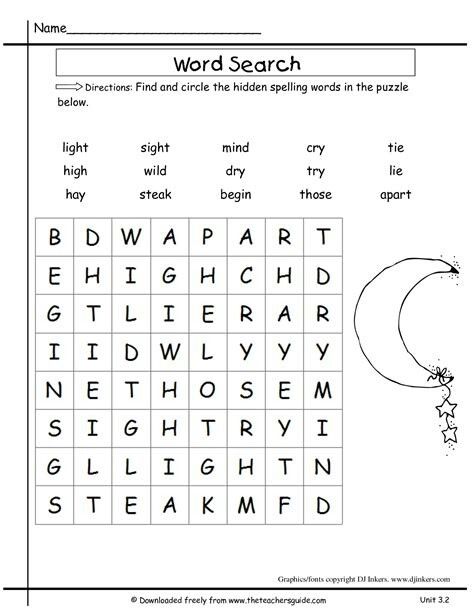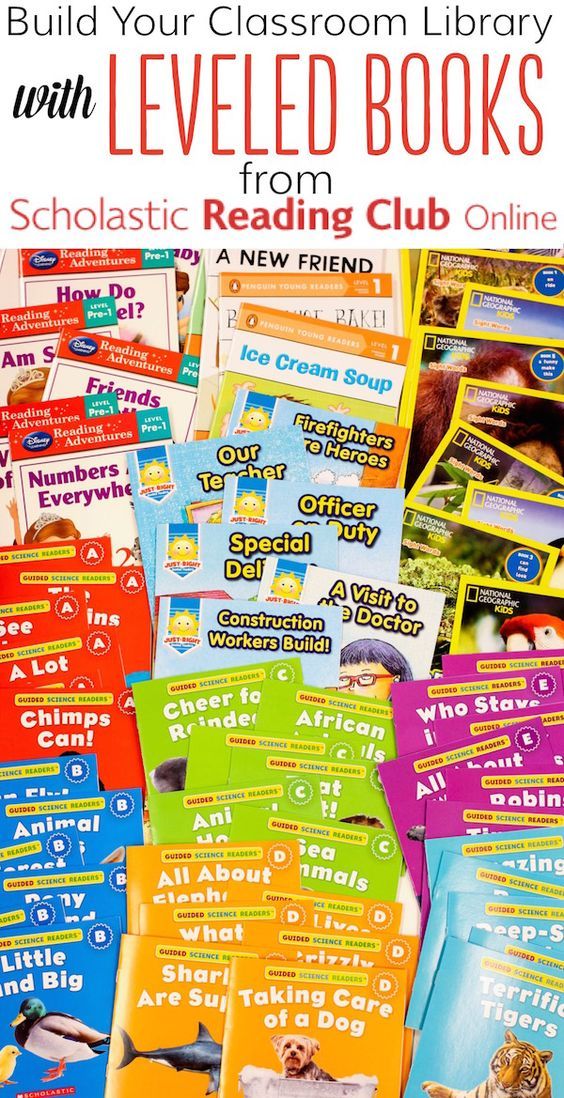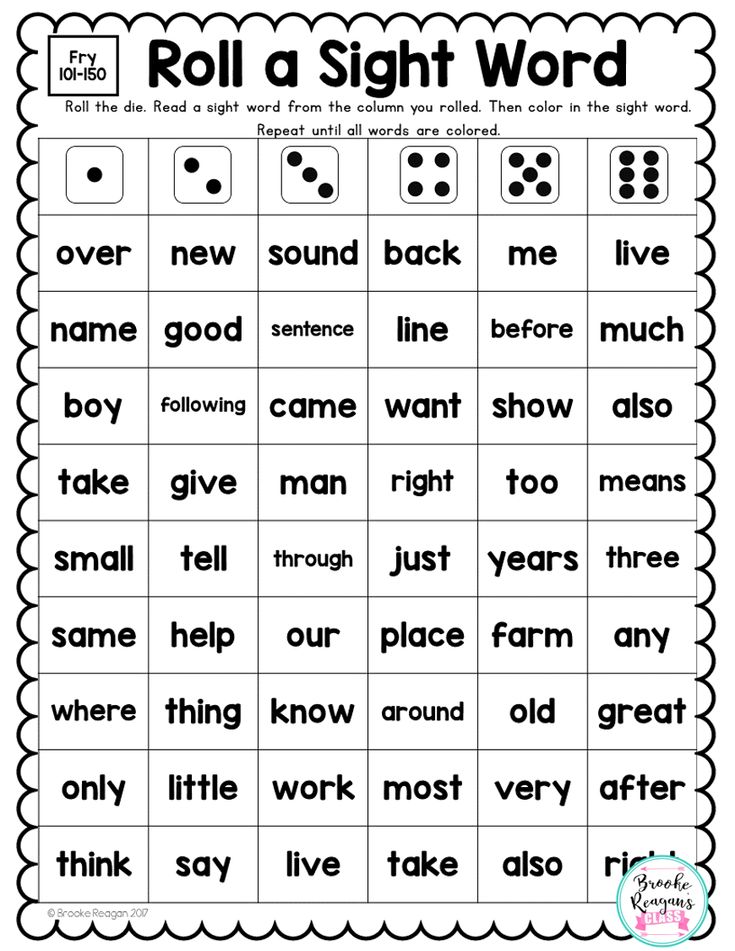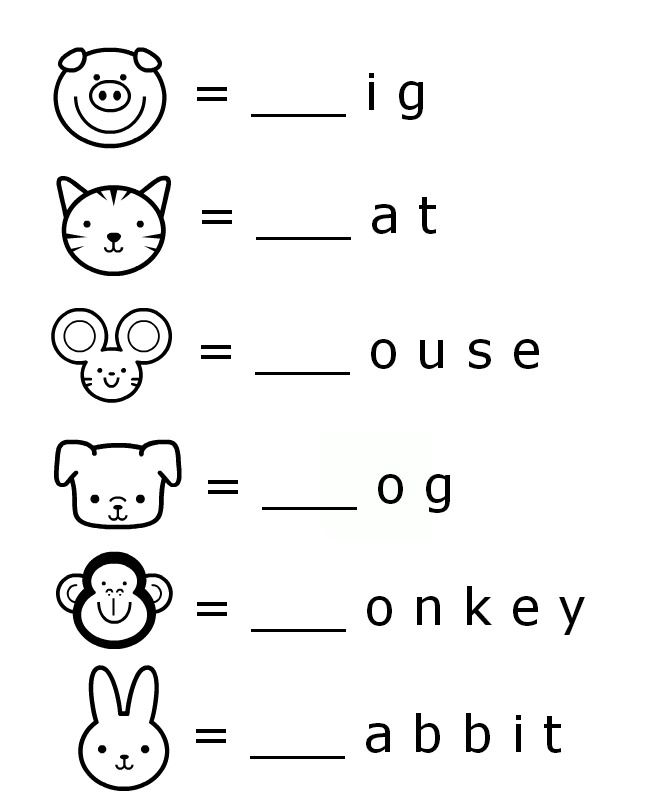Reading level of a book
How To Determine Reading Level Of A Book: 5 Best Tools
Learning how to determine reading level of a book helps you find appropriate books for your child and challenge their abilities.
When choosing children’s books, the reading level of the book can be pretty important. You want to challenge children to read a bit higher than they think they can while not discouraging them with books that are too difficult.
According to a US survey by Test Prep Insights, almost half of the respondents haven’t read a book in the past year. However, the same survey found readers prefer print books over ebooks.
So, whether you’re working with beginning readers who want to improve their habits or advanced readers in your life, learning how to determine the reading level of a book is a valuable tool. Thankfully, parents and educators have a number of tools available to help them.
This guide will discuss what reading levels are, how to find them and how you can ensure that the books you offer are suitable for the children in your life.
Contents
- Tips on How To Determine Reading Level Of A Book
- What is Reading Level?
- Why Reading Level is Important
- Reading Level and Interest Level
- Common Measures for Reading Levels
- Tools to Find the Reading Level of a Book
- A Final Word on How to Determine Reading Level of a Book
- FAQs About how to Determine Reading Level of a Book
- Author
Tips on How To Determine Reading Level Of A Book
So how can you determine the reading level of a book? Before delving into the tools available to help you find a book that your child can read, first, you must understand what reading level is.
What is Reading Level?
The reading level of a book determines how well a child can read it independently. Unfortunately, reading level is often confused with grade level, so a book with a fourth-grade reading level is designed with vocabulary and syntax that the average fourth grader can understand.
However, it is not always as simple as picking a book that is leveled at your child’s grade level.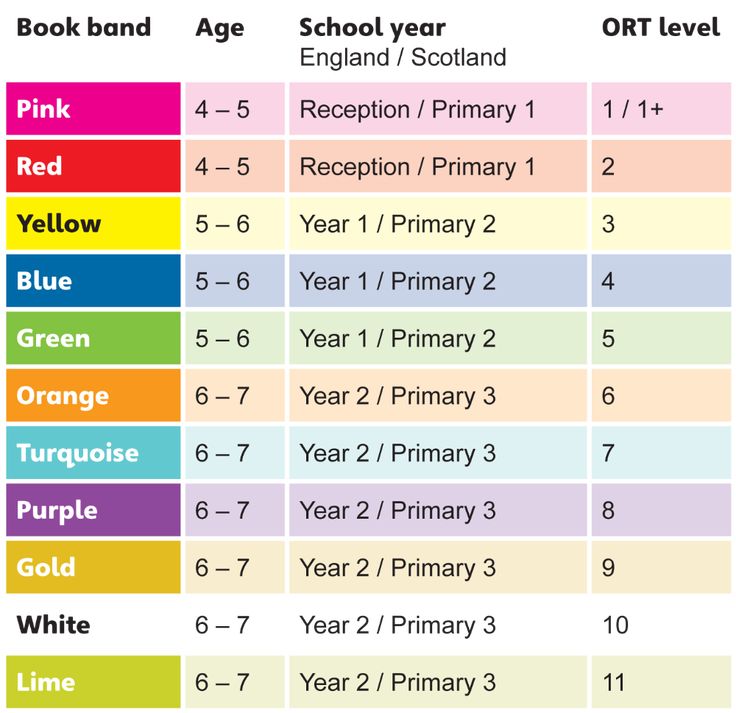 Your child’s teacher can tell you that students fit into a wide range of levels, even within the same classroom.
Your child’s teacher can tell you that students fit into a wide range of levels, even within the same classroom.
As your child’s reading skills develop, you’re going to need to find reading materials that match. Knowing how to read reading levels will help.
Why Reading Level is Important
Children who are learning to read need to have a text they can read successfully. If text is too easy, the child gets bored. If the text is too hard, the child gets frustrated.
This balance is where the reading level helps. Finding a book that matches your child’s abilities and interests will encourage successful reading, and reading level is key to that.
Reading Level and Interest Level
Adding interest level to your decision-making will help guide you to the books they will be most interested in readingAnother benchmark you can check into is interest level. This metric shows how interesting a particular book is likely to be to your child based on their age or grade level.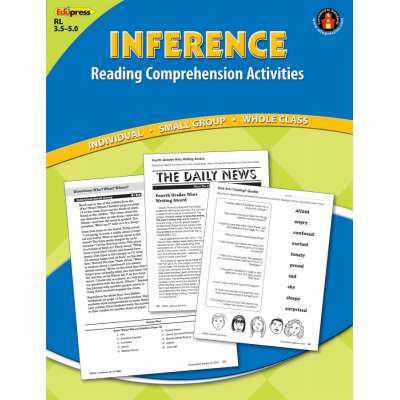
If a child is particularly behind or advanced in reading level, finding books they want to read but match their reading level becomes more challenging. Adding interest level to your decision-making will help guide you to the books they will be most interested in reading.
Common Measures for Reading Levels
Many tools measure reading levels. As you learn how to determine the reading level of a book, you will find that these tools make the job a lot easier, so you can find a book that fits the child’s reading level. Here are some popular reading systems to consider.
1. Fountas-Pinnell Guided Reading Level
Fountas and Pinnell created the Guided Reading Level. This leveled reading system assigns a level to individual books. Factors that impact that level include repetition of words, the complexity of sentences, and sentence length.
This program uses specialized reading lists with books that already have a grade level measure.
2. Grade Level Equivalent
The Grade Level Equivalent leveled reading system assigns an actual grade level to the book based on what students typically can read at a particular stage of their education.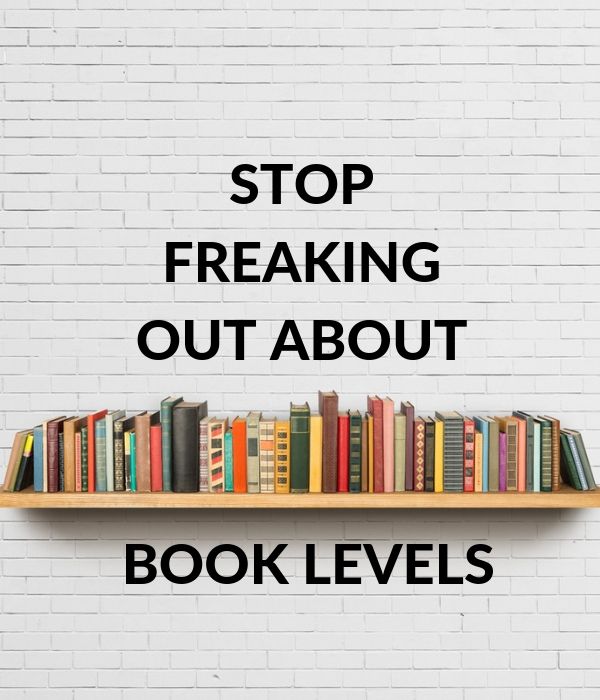 This metric is labeled with a decimal point, where the first number is the grade level, and the number after the decimal point indicates the number of months into the school year the student would be. So, a score of 2.1 means second grade one month into the school year.
This metric is labeled with a decimal point, where the first number is the grade level, and the number after the decimal point indicates the number of months into the school year the student would be. So, a score of 2.1 means second grade one month into the school year.
For parents that are new to reading levels, this can be a helpful metric as it shows a level they can easily relate to their student’s age and grade. However, parents need to realize that students develop their reading abilities at different speeds, so any particular child may read at, above, or below the published reading level.
3. Developmental Reading Assessment
The Developmental Reading Assessment, or DRA, assesses a child’s reading ability through a reading test. It then gives the student a score based on that test. Factors it checks include:
- Phonemic awareness
- Alphabetic principles/phonics
- Fluency
- Vocabulary
- Comprehension
- Reading engagement
Books are given corresponding scores based on text complexity and vocabulary.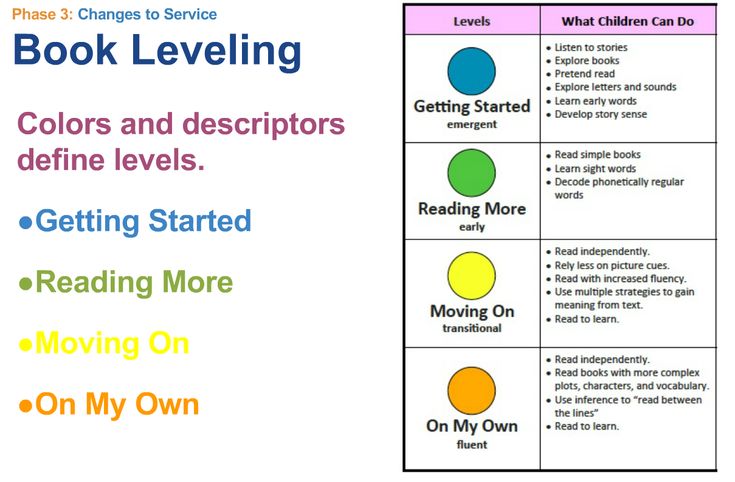 Thus, teachers and parents can easily connect students to books that fit their abilities after taking the test by lining up the test scores with the scores of the book.
Thus, teachers and parents can easily connect students to books that fit their abilities after taking the test by lining up the test scores with the scores of the book.
4. Lexile Framework for Reading
The Lexile Framework is a National Institute of Child Health and Human Development metric. It uses Scholastic Inventory Test scores to evaluate text and determine what reading level it is.
To use the Lexile Framework, students must take a standard test or the Scholastic Reading Inventory (SRI). This then matches them with a reading level that matches their ability.
You can look up the Lexile level of a book online on the Lexile website.
5. Accelerated Reader Book Levels
Accelerated Reader is a complex readability formula that rates text complexity. It uses grade level ratings to indicate what year and month a student could read a book independently.
Accelerated Reader is different from straight grade level equivalents because it uses interest level as well.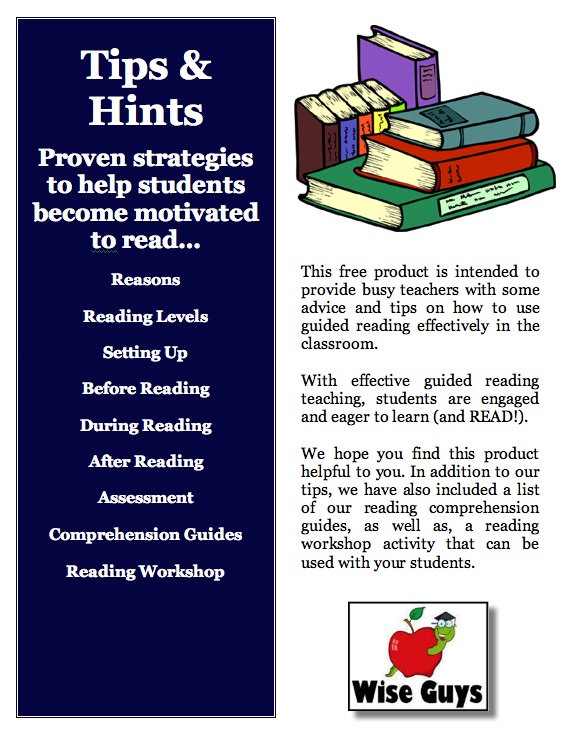 This indicates if the content of a book is age-appropriate for the particular grade level.
This indicates if the content of a book is age-appropriate for the particular grade level.
Tools to Find the Reading Level of a Book
Understanding the different reading tests and reading level measures is important, but it does not help you learn how to determine the reading level of a book when your child wants to read something. Thankfully, you have several tools at your disposal to help.
1. Scholastic’s Book Wizard
Scholastic offers a book wizard tool that has over 65,000 children’s books in the database. You can search using the title and author to find an individual book’s reading level. If you are looking for recommendations for your child, you can search by reading level, subject, grade level, or genre and get a list of suggestions.
2. Renaissance ATOS Analyzer
If you can’t find your book or text in another tool, you can copy a portion of the text into the ATOS Analyzer to see how it rates. This tool uses a readability formula to tell you how easy something is to read.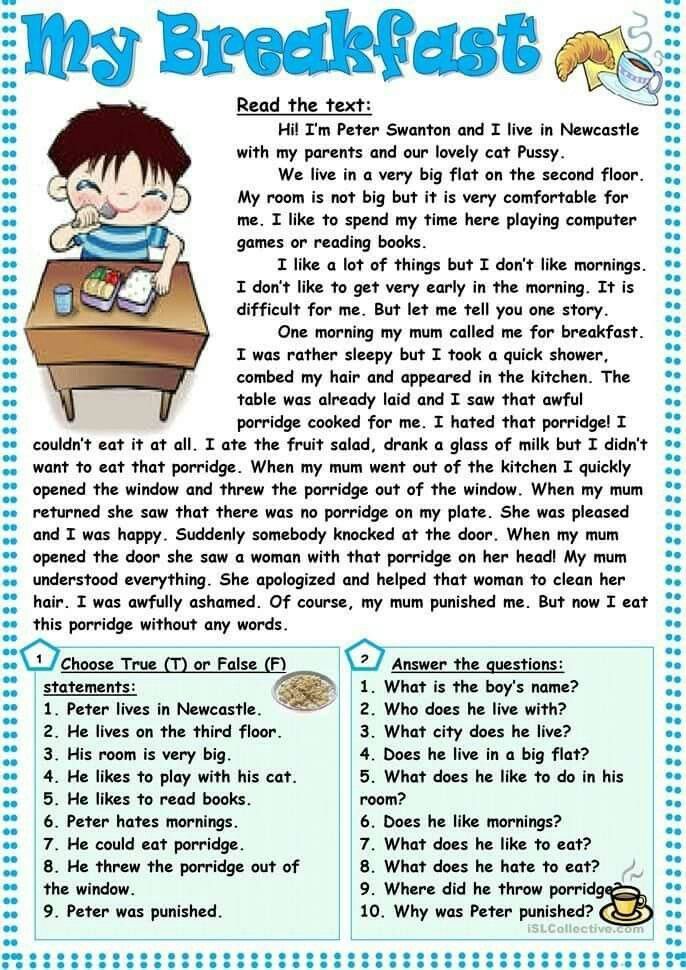 It also merges with the Lexile measure, so you can search for individual books if they are in the database.
It also merges with the Lexile measure, so you can search for individual books if they are in the database.
3. Lexile Look Up
Lexile’s online tool lets you search for a book by its ISBN. Just enter the number on the Quick Book Search to see if it is in the database. The website also allows you to look at a list of books based on your child’s reading level.
4. Accelerated Reader Search Tool
The AR search tool lets you search for a particular book’s readability, Lexile level, and interest level. It reports a grade level based on whether or not a child will be challenged in the reading but not frustrated.
5. Correlation Chart
The Correlation Chart is part of the State of Washington public library system. It lets you find the reading level of a book, then use the tool to compare that to the reading level in another measurement. If you are looking for a specific measure but know another one, this tool can help you compare.
A Final Word on How to Determine Reading Level of a Book
Reading levels help you choose books for your child that fit their interests and abilities.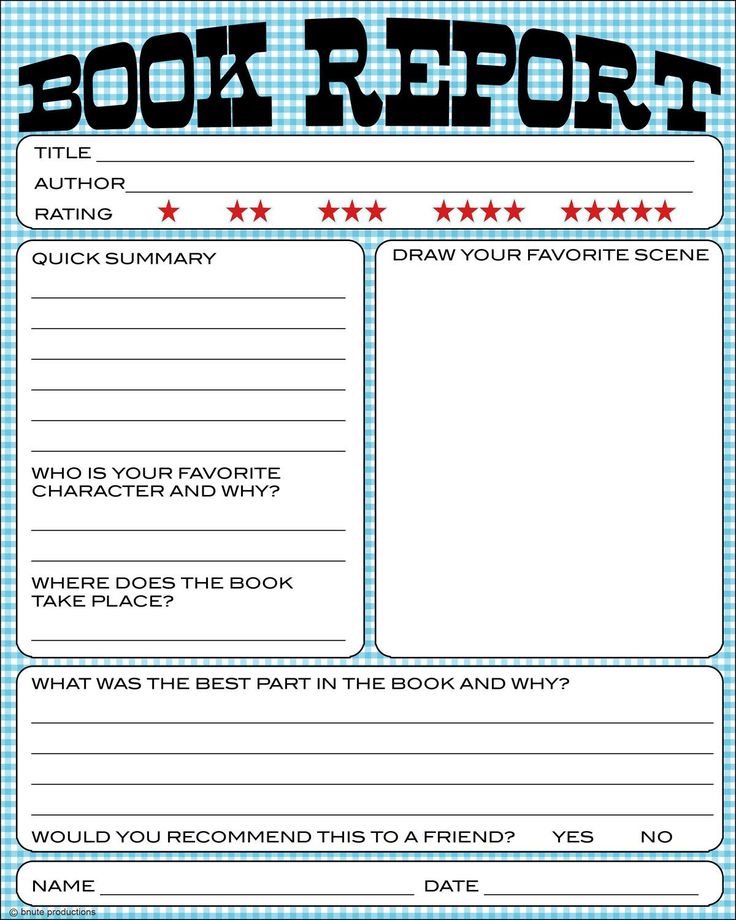 You can avoid frustration and boredom by selecting appropriate books. Using reading levels also encourages more independent reading, especially with young readers.
You can avoid frustration and boredom by selecting appropriate books. Using reading levels also encourages more independent reading, especially with young readers.
Parents can sometimes struggle with finding reading levels for different books, but using a book’s ISBN, you can search in several tools that have book lists based on reading level. Using these tools and asking your child’s teacher what their current reading level is will allow you to choose the right reading material for your child.
FAQs About how to Determine Reading Level of a Book
How to find the reading level of a book?
Using different tools, such as the Scholastic Book Wizard or the Accelerated Reader Search Tool, you can learn the reading level of many children’s books to help you choose appropriate reading options for your child.
How to determine my child’s Lexile reading level?
If your child is at school, they will be tested each year under their standardized testing program. This testing will give your child a Lexile reader measure. Simply ask your child’s teacher or check their standardized test score report to learn your child’s measure.
This testing will give your child a Lexile reader measure. Simply ask your child’s teacher or check their standardized test score report to learn your child’s measure.
Join over 15,000 writers today
Get a FREE book of writing prompts and learn how to make more money from your writing.
Powered by ConvertKitAuthor
How to Determine the Reading Level of a Book
This content contains affiliate links. When you buy through these links, we may earn an affiliate commission.
Fountas and Pinnell, Lexile Level, Primer, Pre-primer, Beginning Reader are all terms you may have heard if you have a young reader in your house. Seriously, what does it all mean? Is there actually a way how to determine the reading level of a book? If your child can read The Cat in Hat, which is a level J in Guided Reading, can she independently tackle Diary of a Worm, which has a Lexile Level of 510L or is she ready for Keena Ford and the Second Grade Mix-Up, even though that one has a DRA of 30?
Through this post, I am going to attempt to elucidate and explain reading levels. So scroll through to find the system that your child’s teacher uses or pour yourself a large cup of coffee and sift through all of the various ways educators, librarians, and book publishers level and categorize books for young readers.
So scroll through to find the system that your child’s teacher uses or pour yourself a large cup of coffee and sift through all of the various ways educators, librarians, and book publishers level and categorize books for young readers.
Reading Levels Are Like Starbucks Sizes
I admit, I don’t visit Starbucks unless I have a gift card. I am also that person who goes to Starbucks and still tries to order a large iced tea. The barista calmly asks if I would like a venti or a trenta and then explains that I need to choose between Passion Tango, Matcha Green, or Guava White Tea. Then comes the question of sweetened, unsweetened, or added lemonade.
For the young reader, finding a book that can be read independently can be as tricky as remembering all of the variables in a Starbucks order. Little readers who are not familiar with reading levels or taught to find a “good fit book” often go for books that are too easy and boring, too difficult and frustrating, or, like my kindergarten son, books that have too many unreadable Star Wars planet names like Kashyyyk.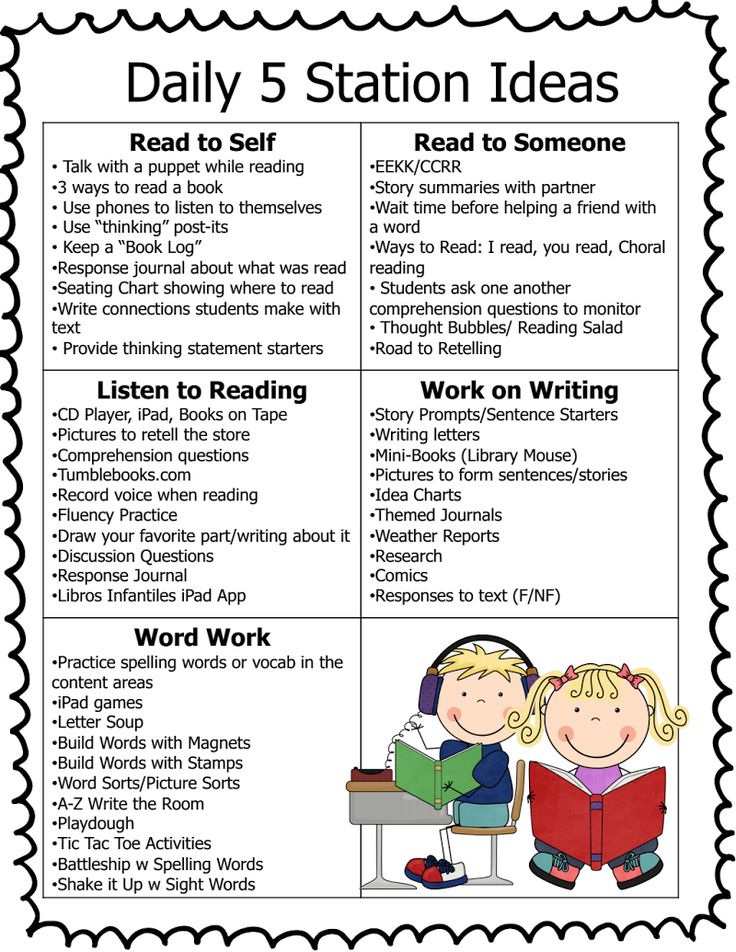 If a child knows her reading level, she can find books that contain sight words she knows, plot lines that are not too advanced, and vocabulary that is manageable.
If a child knows her reading level, she can find books that contain sight words she knows, plot lines that are not too advanced, and vocabulary that is manageable.
Explain the Levels, Please
There are many different ways that books are leveled. Here are the three most popular methods for how to determine the reading level of a book.
Developmental
Children become readers by moving through different developmental reading stages. These stages range from the emergent pre-reader to the expert fluent reader. Typically, the emergent pre-reader is between six months and six years of age, while the expert fluent reader is 16 years and older. The developmental categories are broader categories than many of the other leveling systems.
Letter Levels
When I taught first and second grade, I found letter levels to be the most kid friendly way to organize a classroom library. If your child’s school levels books using Fountas and Pinnell, Reading A-Z, Scholastic Books, or Guided Reading Levels, then books will be leveled using a letter system.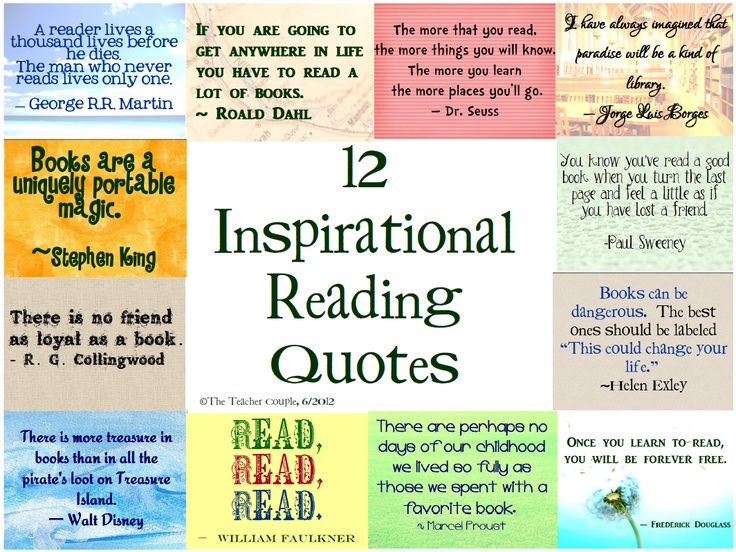 While it would be nice, these leveling systems do not always correlate. A book that is a Reading A-Z Level P, is not always a Level P using the Guided Reading Levels.
While it would be nice, these leveling systems do not always correlate. A book that is a Reading A-Z Level P, is not always a Level P using the Guided Reading Levels.
Number Levels
Books can be leveled through such systems as Lexile Numbers, The Direct Reading Assessment (DRA), and Reading Recovery. These systems measure texts by complexity and a reader’s skill level and then assign a number.
I Have My Child’s Reading Level, Now What?
Throughout the school year, your child’s teacher will probably perform reading inventories or assessments with your child. These will determine your child’s reading level.
If you homeschool or your child’s school does not use leveled reading, then use a simple test called the “five finger test” to roughly determine your child’s reading level. Have your child choose a book and open to the second page. Ask your little one to read the text out loud. If your child struggles with independently reading five or more words on that page, the book is too difficult and is not a good fit.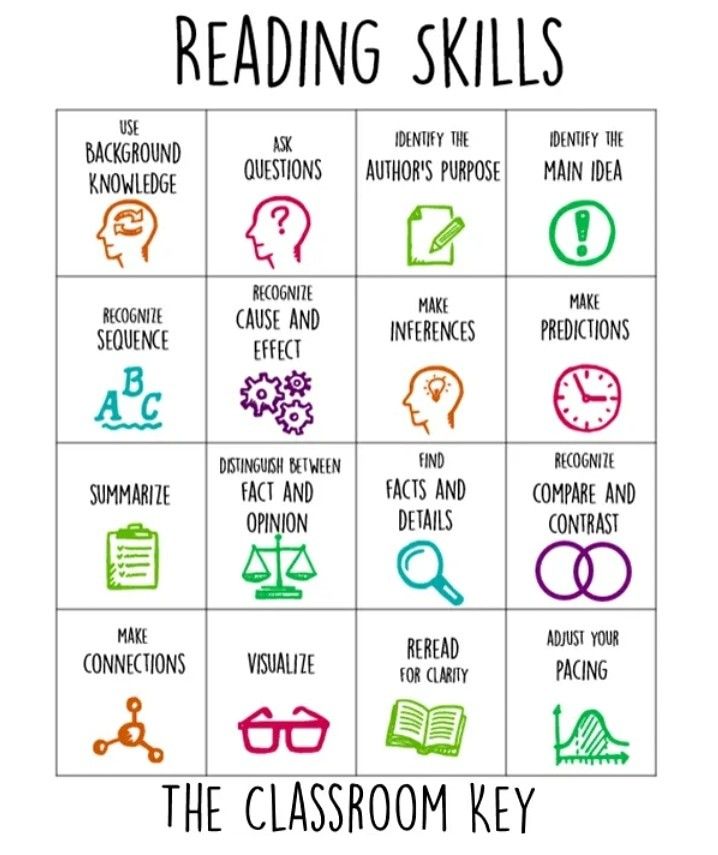 You should also ask some comprehension questions to make sure that your young reader understands what she is reading. When a book passes the five finger test, use one of the links below to determine that book’s reading level.
You should also ask some comprehension questions to make sure that your young reader understands what she is reading. When a book passes the five finger test, use one of the links below to determine that book’s reading level.
Once you have the reading level, take a look at these five helpful websites, apps, and charts that will help you and your child find or level the perfect book:
- Book Wizard : Type in the title of a book to retrieve the Guided Reading Level and grade level.
- Lexile Find-a-Book :Visit this site to find the Lexile Number for a specific book or to generate a list of books with a particular Lexile Number.
- Reading A-Z Level Correlation Chart : This is the best conversion chart out there for reading levels.
- Reading Levels Explained : Check out this very clean and user friendly site if you are still feeling overwhelmed by all of the reading level systems.
- Literacy Leveler app : Download this app and then use it to scan a book’s ISBN to see its Lexile, DRA, and GRL.

Levels Should be Helpful, Not Stressful
Reading levels should not feel restrictive. They should be used as helpful tools and not as a draconian system that kills the love of reading. Encourage your child to read books on her level, but don’t be upset if she chooses to reread an old favorite or picks up a nonfiction book that has some advanced vocabulary. Imagine how horrible it would be if adults had to always adhere to a reading level. I am well aware of the fact that some of my beach reads are probably a fourth grade reading level, with a Guided Reading Level of Q, 820L, and DRA of 40. I may not always be challenged as a reader, but it is still fun to sip my trenta Passion Tango unsweetened iced tea and enjoy a book simply for the fun of reading.
Need some books to practice leveling? Help yourself to 50 Must-Read Books for Beginning Readers, 20 Must-Read Books for First Graders and Second Graders, The Best Chapter Books for Kids: Engaging with Words, and 70 Must-Read Books for 3rd Graders.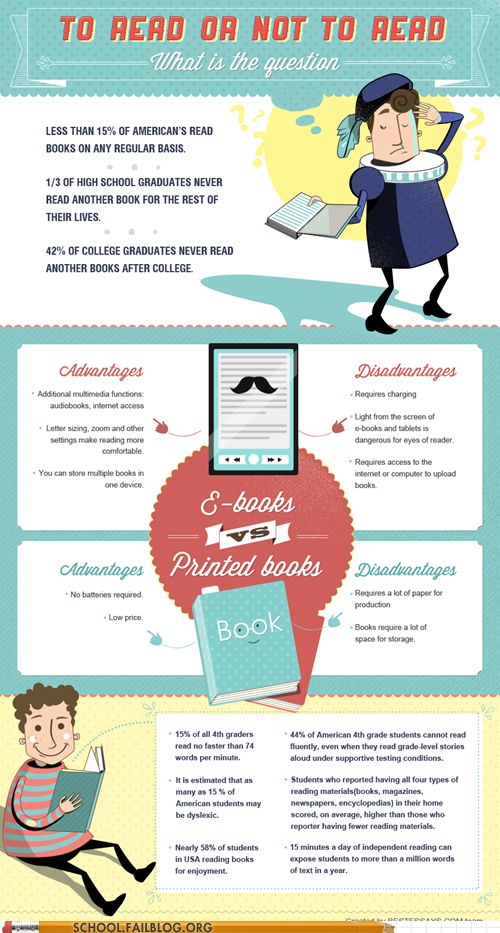
How to read books in English correctly so that they are useful and enjoyable: a detailed guide / Sudo Null IT News
Reading is one of the top ways to improve your English and enjoy reading books in the original.
But the thing is that reading in one's native language and in the second one are different. In this article, we will give a detailed guide on how to read in English, so that it is fun and beneficial.
Step 1. Selecting a book
Here you need to consider a few basic nuances. The story itself is the foundation. And everything else you can do only if you feel like immersing yourself in the world that the writer is talking about.
1. You must like the style and the author
It seems to be simple and banal. You like fantasy - you choose fantasy. If you like to read detective stories or dystopias, feel free to take them.
The benefits of reading literature in English largely depend on pleasure. This is where psychophysiological mechanisms come into play.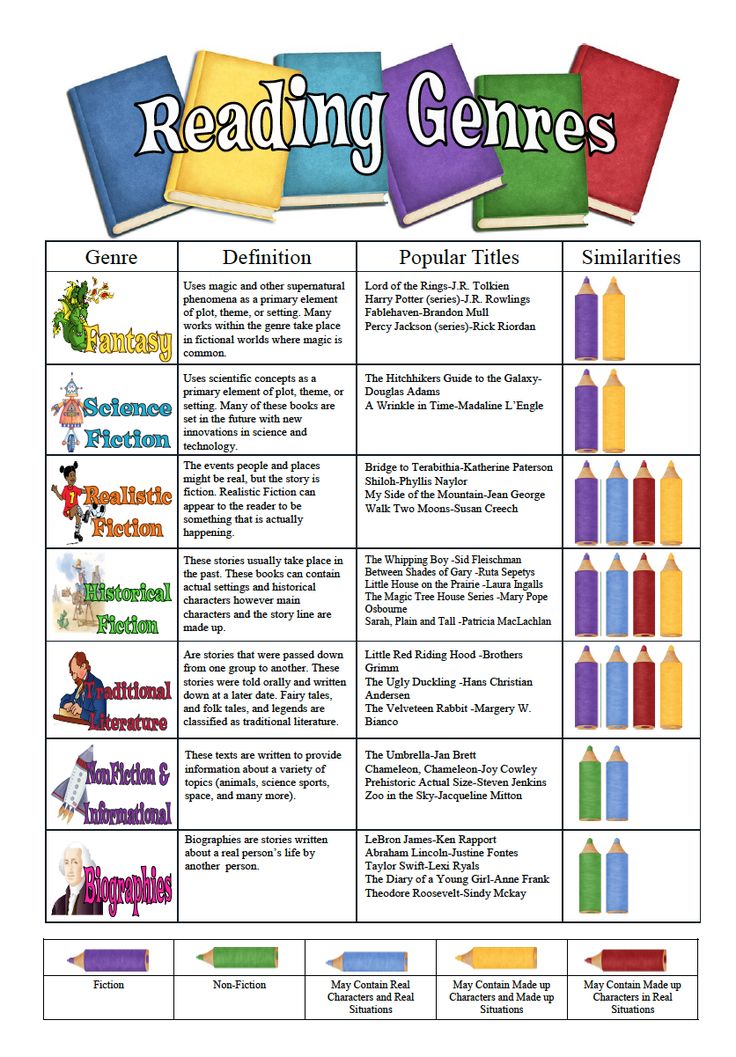 When you like something, the body's hormonal system releases dopamines and endorphins, which, in addition to feeling joy and good mood, also stimulate memory and cognitive abilities.
When you like something, the body's hormonal system releases dopamines and endorphins, which, in addition to feeling joy and good mood, also stimulate memory and cognitive abilities.
The more emotional involvement in the story, the better the language constructions and lexicon will be perceived. In the scientific publication Journal of Education in Black Sea Region in 2016, published the results of a study , which proved the influence of the perception of reading literature in a foreign language on the result of its study.
2. The complexity of the vocabulary of the book should correspond to your language level
There are already a huge number of collections of literature in English on the Internet according to the level of language proficiency. We also made a few of these. Here are times , here is two .
The mechanics are simple:
-
First, evaluate your current language level. In any appropriate way.
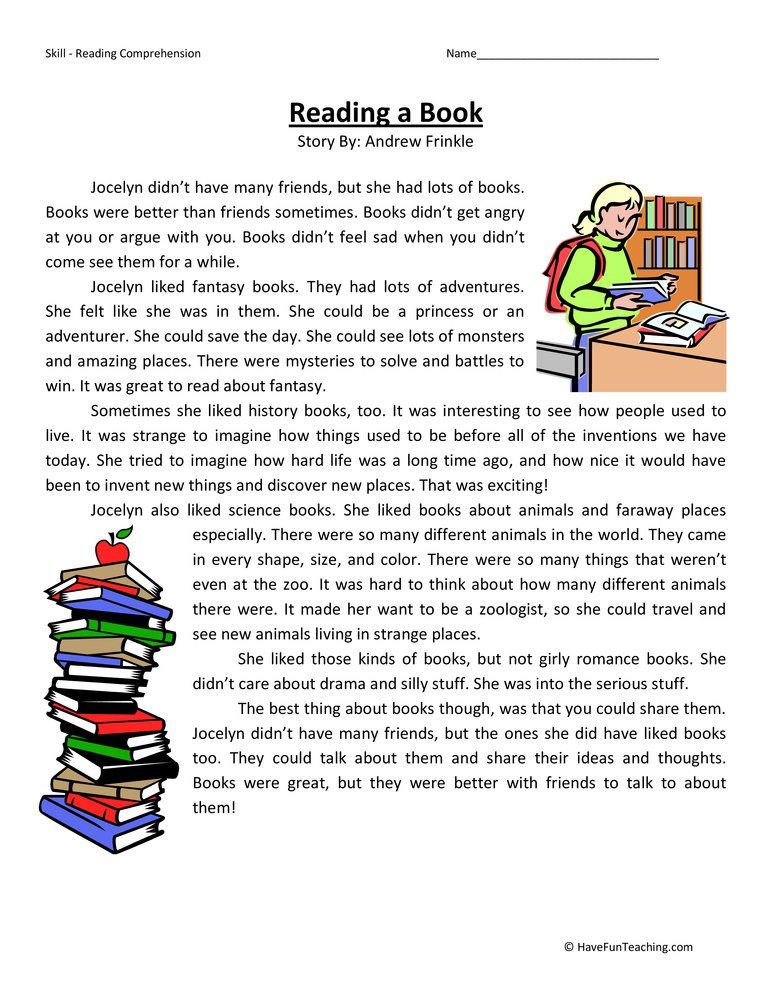 For example, using in our test .
For example, using in our test . -
Choose a book by level and according to your preferences. It is clear that only fairy tales and stories for children are suitable for the Beginner level, but with Intermediate you can already pick up quite interesting books.
It only takes a few minutes to check if a book is right for you. Read one or two pages.
You should understand approximately 80-90% of all vocabulary. Let's explain why this is so.
If all the words are known, you will not be able to improve your vocabulary. And in the course of reading one book, a student can learn from 50 to 200 new words, which significantly develops the vocabulary even at high levels of language proficiency.
If there are more unknown words, you will not be able to fully understand the plot. An interesting story will turn into a textbook that is neither fun nor useful.
Even if you love Tolkien, you won't be able to read The Lord of the Rings in the original at an Intermediate level.
Highly artistic turns and abundant use of rare words create a chic atmosphere, but do not contribute at all to understanding. But students with Advanced will enjoy the book.
3. The volume of the book should correspond to your reading speed
Even if your English is at the Advanced level, it does not mean at all that you can read it quickly.
More important. Reading speed is not only the number of words that you can skim through your eyes in a minute. It is also the percentage of understood information.
You can run through 1000 words per minute and understand absolutely nothing. And you can do it like this:
To check the real reading speed, take the test on any portal that you like. Our author passed here .
You need to read at such a speed as to provide the required 80-90% understanding of the text. It is perception that is primary, and the number of words read at the same time is secondary.
But it is the speed of reading that should be taken into account when choosing a book.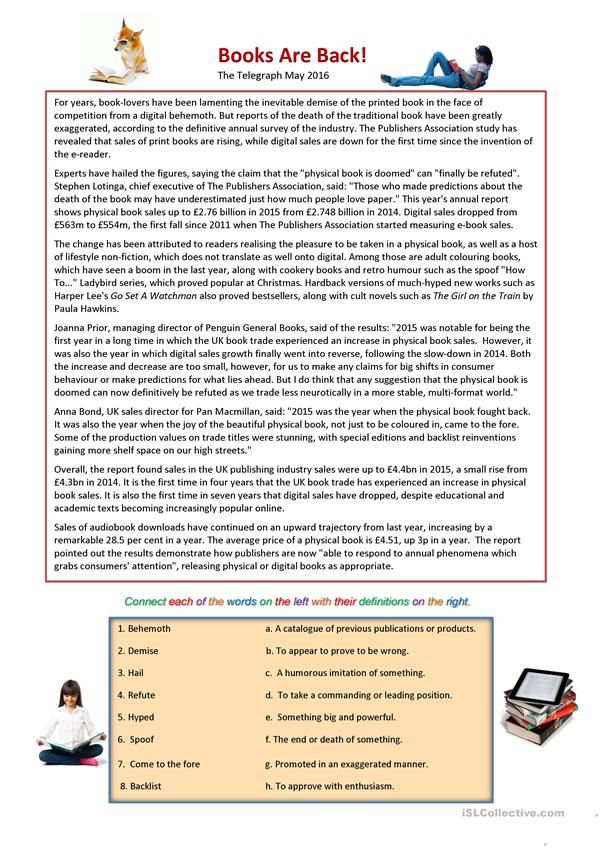 If you read more than 300 words per minute, you can easily master any book - even if it's 1000 pages long.
If you read more than 300 words per minute, you can easily master any book - even if it's 1000 pages long.
But if your maximum is 50-100 words per minute, then you need to choose short stories or novels.
If you are afraid to take on large-format literature, you can start with small works at easystoriesinenglish .
They are specially selected for students who are learning English as a second language. And even if you read slowly, all the stories can be mastered in half an hour or an hour. What you need to get started.
Step 2. The process of reading
So, the book was chosen, but that's only half the battle. It is important not only to read what to read, but also to read how to read .
It is important to understand that you are reading a book for pleasure. And only then is it a tool for pumping the language. Not vice versa. This is not about grammar and word order, this is about the complex perception of the language.
But in order for reading to bring both pleasure and benefit, you need a few simple steps:
1. Underline or mark unfamiliar words or those whose meaning you are not sure. If you read in an e-mail, mark them with a color. The main thing is that the reader allows you to edit the book file or make notes from above.
Council . Before looking up unknown words in the dictionary, try to guess their meaning from the context. In most cases, this is not difficult to do. The only exceptions are highly specialized terms, slang and phrasal verbs - then you won’t be able to guess.
2. Send underlined words to a special program to study them. Without additional software, you can still replenish your vocabulary, but with a program on your smartphone it will be easier - you do not have to remember the meaning of the word every time and you can learn it in just six repetitions.
3. Pay conscious attention to phrases, metaphors, allegories - in general, to everything that makes up the style of the book.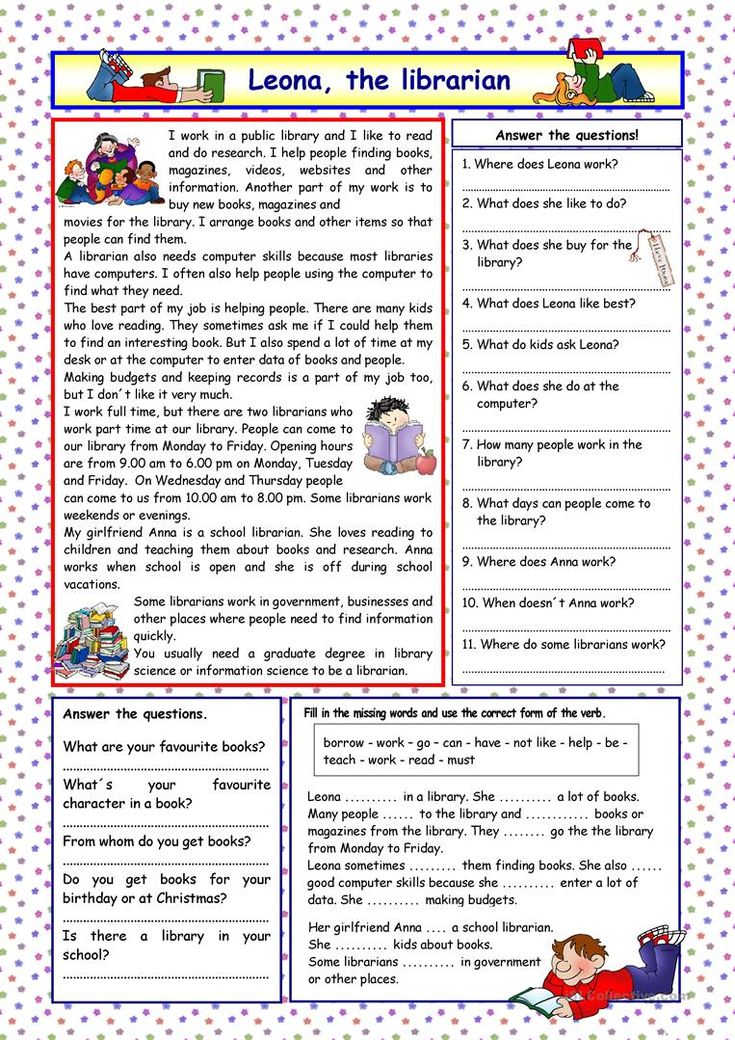 And then try to use them in your actual speech or texts. You may not know how to accurately translate a phrase into Russian, but you should clearly understand in which case it can be used in English.
And then try to use them in your actual speech or texts. You may not know how to accurately translate a phrase into Russian, but you should clearly understand in which case it can be used in English.
It also happens that you have read a sentence and understood absolutely nothing. This is fine.
Try reading it again. If the meaning also escapes after the second and third reading, it is better not to concentrate on it and skip it. If such misunderstandings happen once or several times throughout the book, then everything is in order, but if every page, then you need to moderate your ardor and try a simpler work.
Important! Refuse online translators. I would like to throw a complex sentence into some Google Translate, but you should not do this. Such instruments often distort the meaning of complex phrases.
To test this statement, let's take translations of the first paragraph from Tolkien's The Lord of the Rings.
Original:
When Mr.
Bilbo Baggins of Bag End announced that he would shortly be celebrating his eleventy-first birthday with a party of special magnificence, there was much talk and excitement in Hobbiton.
Google translate
When Mr. Bilbo Baggins of Bag End announced that he would soon be celebrating his eleventh birthday with a special lavish party, there was much talk and excitement in Hobbiton.
Per. Grigorieva and Grushetsky:
There was a stir in Hobbiton. Mr. Bilbo Sumniks, the owner of Bags, announced his intention to celebrate his one hundred and eleventh birthday and promised a very generous treat.
Per. Muraviev and Kistyakovsky
Then Bilbo Baggins, the owner of Bag-on-the-Cliff, announced that he wanted to celebrate his forthcoming 111th birthday magnificently, and all Norgord hummed and got excited.
***
Official translations deviate slightly from style and flaunt localizations of hero names and place names.
But they are a choice of taste. But Google translates as literally as possible, but here it has a serious mistake. Eleventy-first is "one hundred and eleventh", not "eleventh". And such jambs automatic translation allows a whole bunch.
Step 3. Fixing the effect
We figured out the process. There are a few more points left.
If you want to not only enjoy reading in the original, but also improve your English, then is the most important thing - the stability of .
It is better to read 15 minutes every day than 3 hours once a week. In order for reading in English to pump knowledge of the language, you need to read every day. It's not that hard to find 15-30 minutes a day: on the way to work, during your lunch break, after dinner instead of social networks and YouTube videos.
If you read for more than an hour, the brain starts to get tired out of habit. After all, it is difficult to perceive information in a foreign language in large quantities.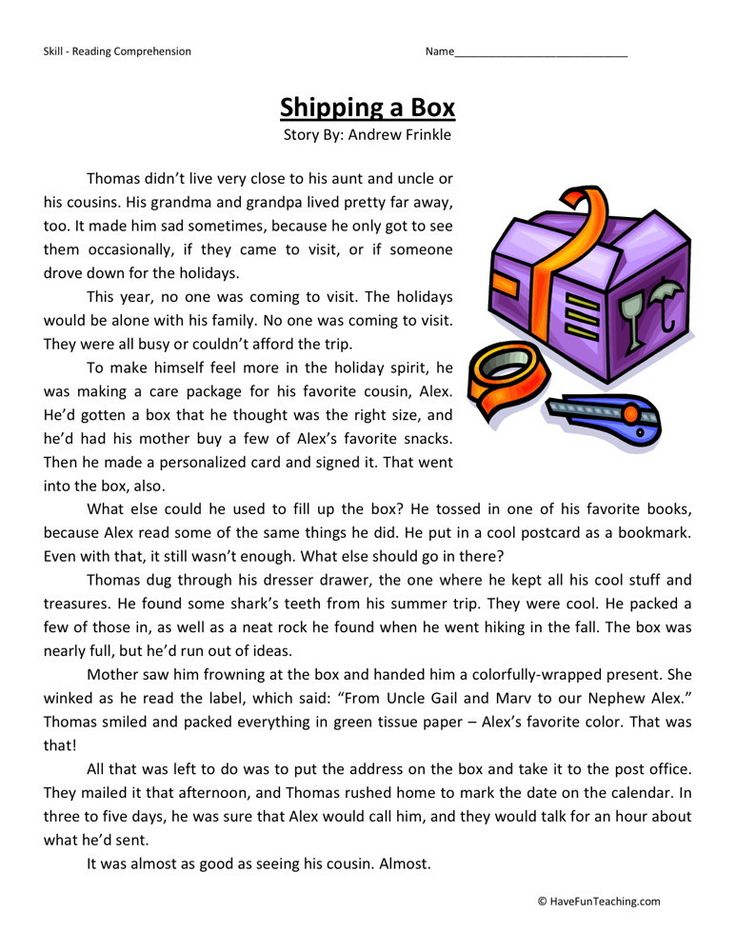 Attention deteriorates, consciousness ceases to focus on words and phrases, the meaning of words is not immediately remembered. Instead of pleasure, it turns out violence against oneself. So stability is more important than intensity.
Attention deteriorates, consciousness ceases to focus on words and phrases, the meaning of words is not immediately remembered. Instead of pleasure, it turns out violence against oneself. So stability is more important than intensity.
It often happens that a book seems good in Russian, but something is wrong in the original. This is normal, because translation is essentially localization in collaboration with a translator. Reverse situations also happen - the translation did not work, but the original cannon. Therefore, many people learn English in order to read texts in the author's language.
But there is one unique exception - Nabokov. The originals of many of his books are written in English, but at the same time he himself was engaged in their translations into Russian. The True Life of Sebastian Knight, Lolita, Pale Fire, Ada - feel free to read them if you want to feel the chic style and language of the writer. But it is not for beginners - you can comfortably read Nabokov at the Upper-Intermediate level.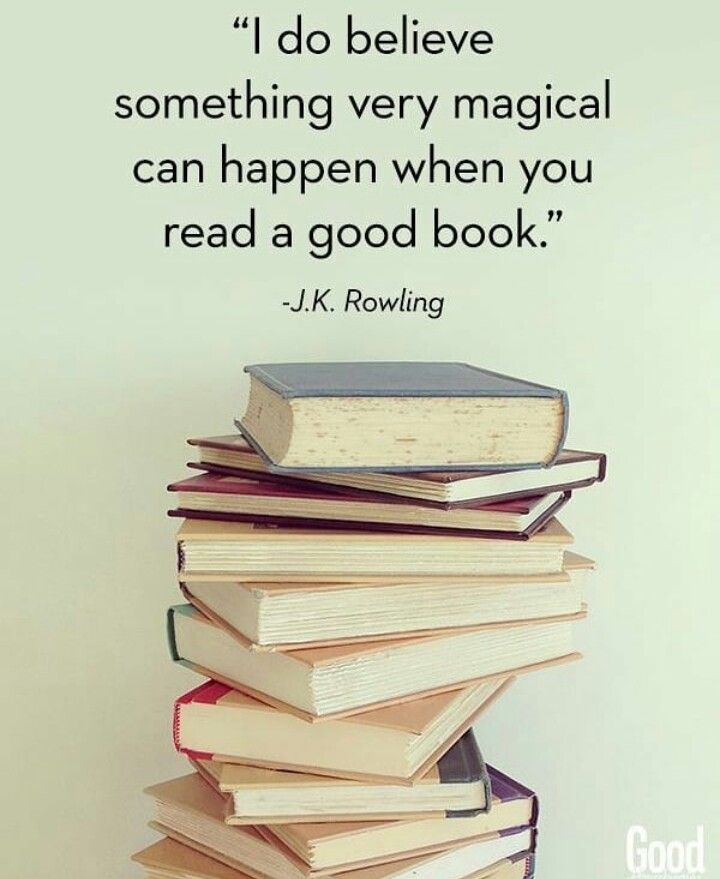
Tip . If possible, choose your favorite books that you have already read in translation. Then you will pay more attention to the language and style of the story.
Re-read books after a few months. Firstly, it will help to open up new facets of history and language - you can re-read the classics dozens of times and find something that you missed during previous readings. Secondly, this way you can repeat all the vocabulary you have learned at once (remember - from 50 to 200 words). This is much more interesting than just driving the entire list for repetition in the application.
Interestingly, on first reading, there are few jokes and cultural references hidden in the text. But on the second or subsequent ones, they suddenly become clear.
Here is the personal experience of the author of the article. I first read Harry Potter in the original when I was a student. And then it seemed almost the same as in Russian.
Recently re-read - and there was a lot of linguistic humor, which for the first time was not perceived at all.
For example, the well-known gag in English circles “Can I have a look at Uranus too , Lavender ?” from the fourth book. Well, Uranus and Uranus. But then why did Lavender blush and run away after Ron said that? But because Uranus sounds exactly the same as Your anus. And there already is, because of which to blush. You have no idea how many of these hidden jokes writers hide in books. Oh-oh-oh-a lot.
So reading in English can be both fun and a normal level of language proficiency. Indeed, in the future, the studied vocabulary and grammatical constructions will be used as if by themselves - exactly where they are needed. So choose a book and sign up for a free trial lesson with an EnglishDom teacher.
Online school EnglishDom.com - we inspire you to learn English through technology and human care
Habr readers only the first lesson with a teacher in an interactive digital textbook for free! And when you buy classes, get up to 3 lessons as a gift!
Get a full month of ED Words premium subscription as a gift .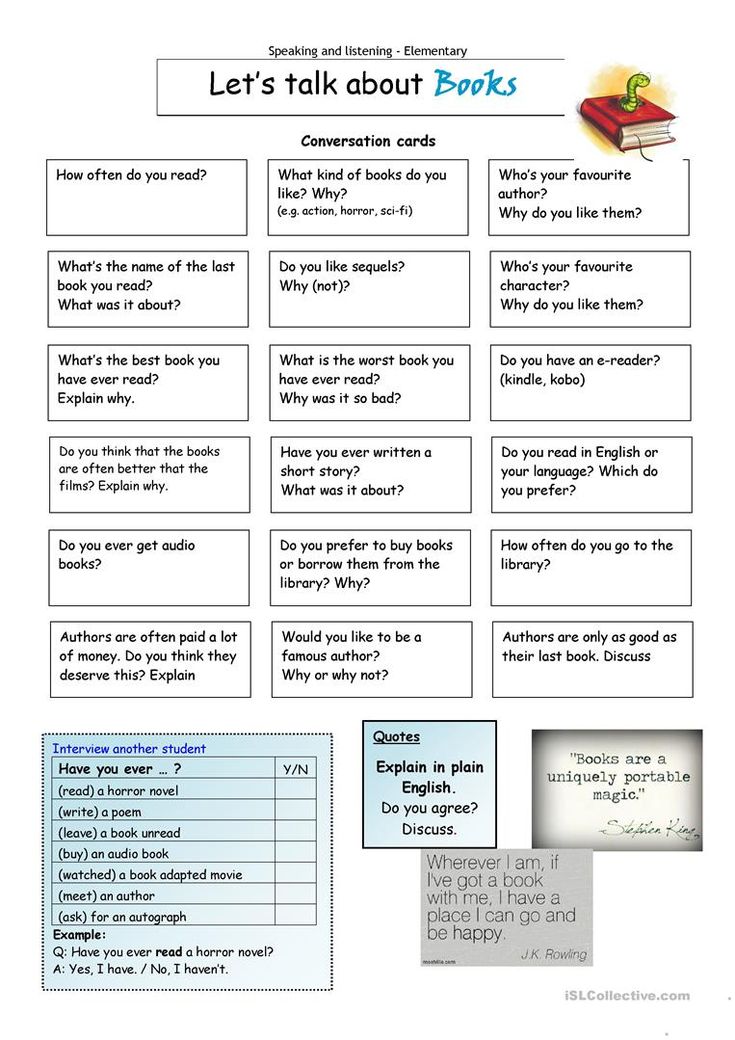 Enter promo code november-2021 on this page or directly in the ED Words app. The promo code is valid until 12/10/2021.
Enter promo code november-2021 on this page or directly in the ED Words app. The promo code is valid until 12/10/2021.
Our Products:
-
Learn English Words with ED Words Mobile App
-
Learn English from A to Z in the ED Courses mobile app
-
Install the Google Chrome extension, translate English words online and add them to study in the Ed Words app
-
Learn English in a fun way with the online simulator
-
Strengthen your speaking skills and find friends in conversation clubs
-
Watch English life hacks video on EnglishDom YouTube channel
How to read 100 books a year
Is your list of books to read growing? Do you buy books that you don't even touch later? It's time to fix it.
belchonock/depositphotos.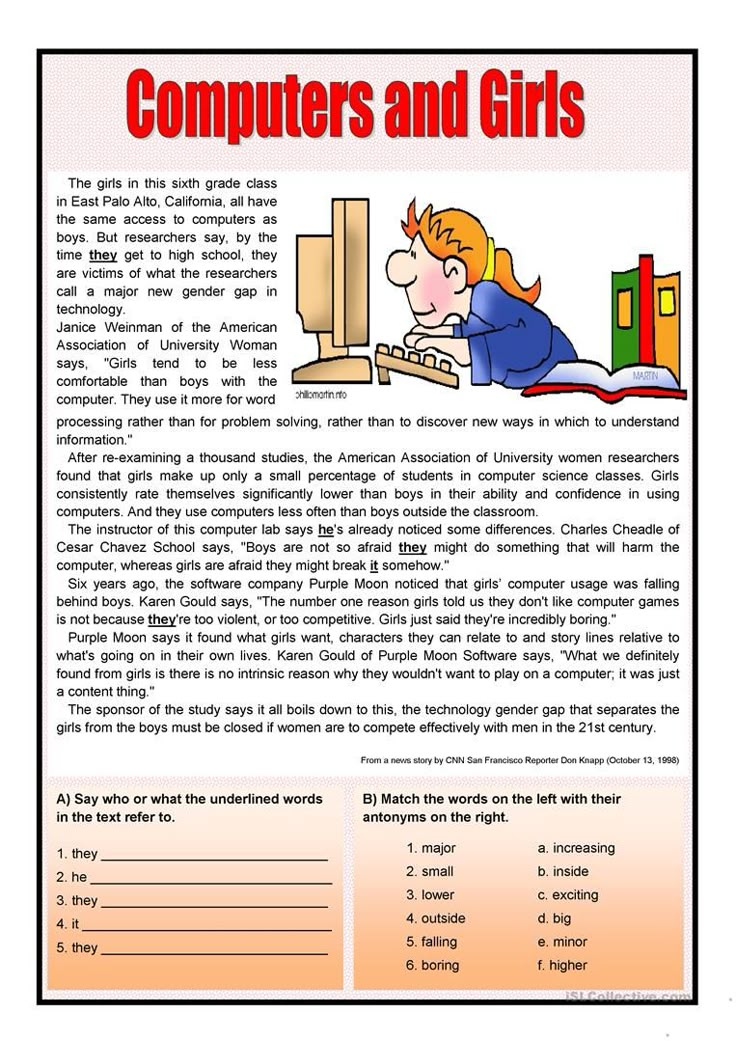 com
com
Buy lots of books
Read constantly
Read faster
Do not disperse attention
Properly approach choice
Read several books simultaneously
Remember read
Warren Buffett, one of the most successful businessmen in world, describes his day like this: "I just sit in the office and read all day." He advises everyone read as much as possible, and that is indeed a worthy goal.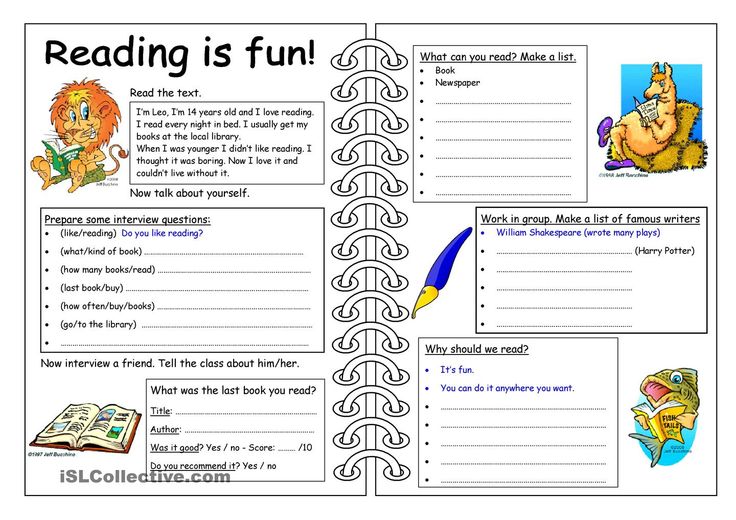 How to make reading permanent habit?
How to make reading permanent habit?
If you have read this article, you are probably also concerned about the fact that you read fewer books than you would like. Every year we read less and less. After school, university, work, family, new worries, obligations appear - and reading goes to second plan.
But in order to really achieve something in this world, you need to constantly gain new knowledge. And books are one of the best sources of information and other people's experiences. So let's set ourselves a goal of reading at least 100 books a year.
“
Fools learn from my own experience, I prefer to learn from the experience of others.
- Otto von Bismarck, the first Chancellor of the German Empire
Books cost both time and money.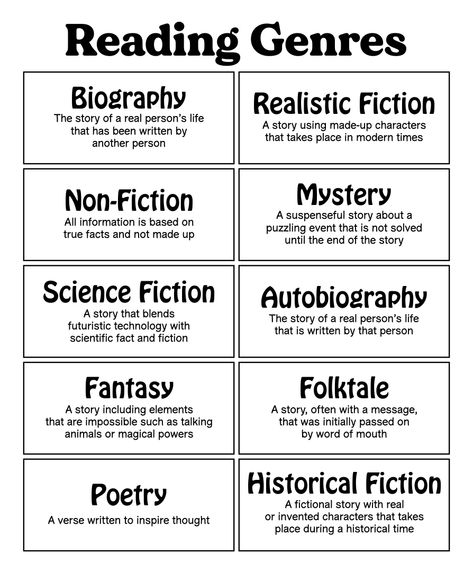 But if everyone can find the time, then the situation with money is more complicated. And here you have two options: earn or save.
But if everyone can find the time, then the situation with money is more complicated. And here you have two options: earn or save.
andriano_cz/depositphotos.com
But make sure the books are worth your investment. Maybe, you personally do not need books and the Internet with television perfectly replace them. In such If so, just don't worry about reading less books. There is nothing terrible in this. Most people simply don't need it. They can safely give 200 dollars for a pair of shoes, but will regret spending the same amount on 20 new books. It's up to you what to choose.
But if you want to know more, you have to buy. The point of this advice is that the more books you have at home, the more choices you have, and this will help you read more.
Here's why.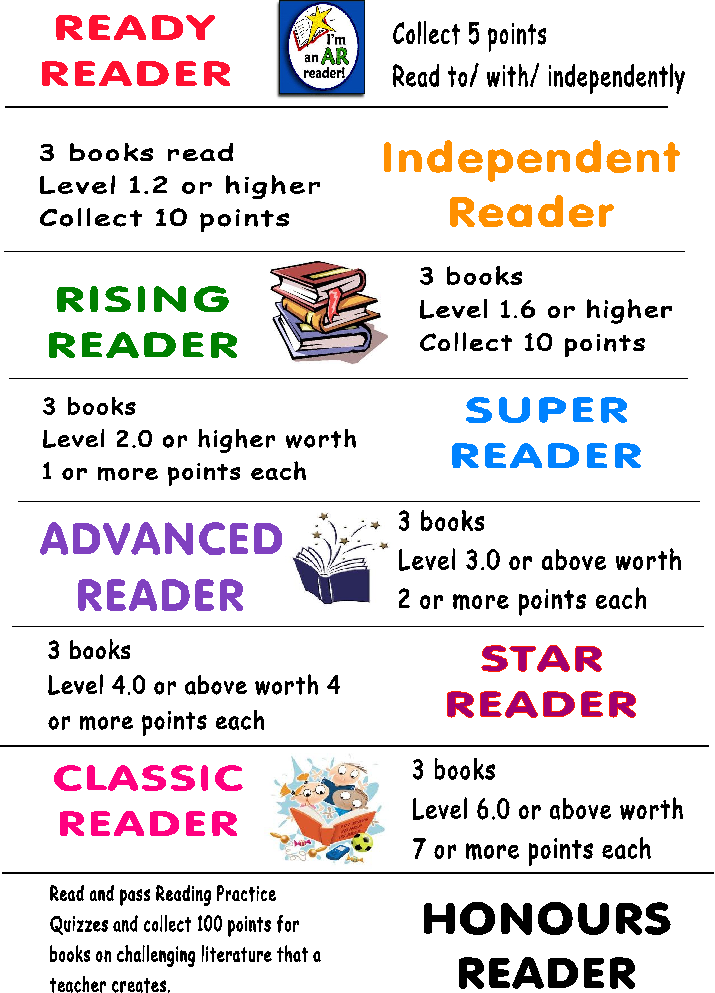 Reading most of the books you don't plan ahead. You don't sit down in January and say, "In the first week of June, I'll be reading this book". Usually you finish a book and look through your bookshelf to decide what to buy. what to take next. If there is no suitable option at hand, you stop reading, until something worthwhile catches your eye. Therefore, it is important that you always have a small supply books.
Reading most of the books you don't plan ahead. You don't sit down in January and say, "In the first week of June, I'll be reading this book". Usually you finish a book and look through your bookshelf to decide what to buy. what to take next. If there is no suitable option at hand, you stop reading, until something worthwhile catches your eye. Therefore, it is important that you always have a small supply books.
mihtiander/depositphotos.com
Daniella Winkler/unsplash.com
“
Have a stock of books — means to always have a reason to read.
Read at least 1 hour a day on weekdays and more during weekends and holidays. Find time for reading in your schedule. Don't make excuses for being too tired or too busy.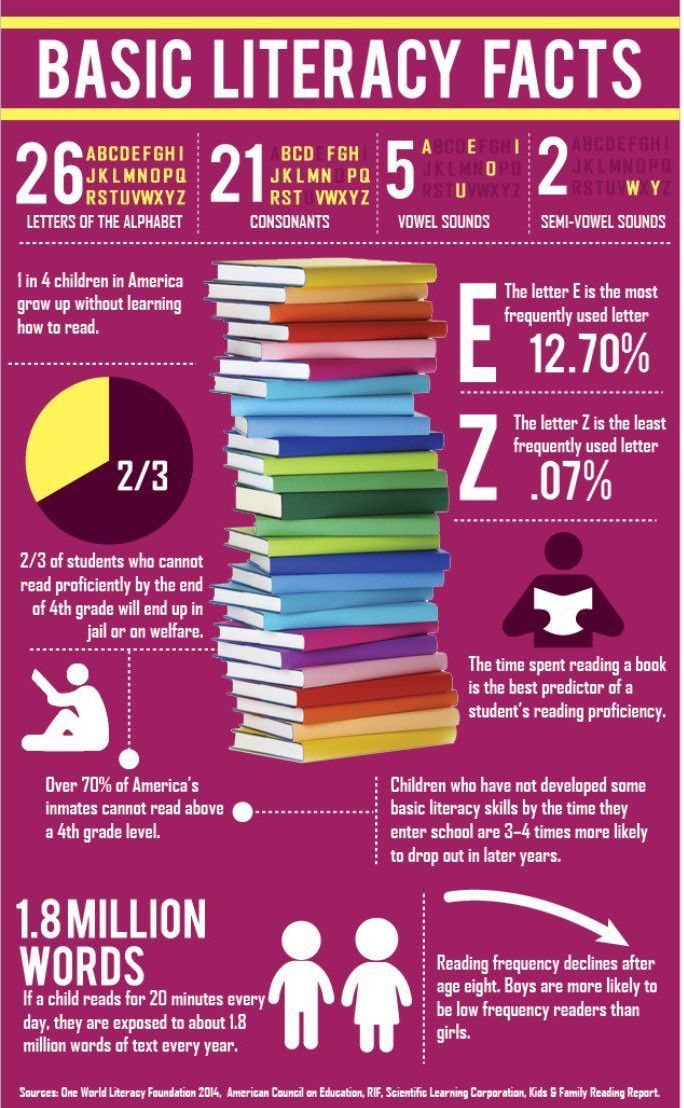
Maria Victoria Portellesr/unsplash.com
Reading all the time means reading when you are:
- on the train;
- feed the baby;
- eat;
- are in line at the hospital;
- are bored at work.
And most importantly: read while others watch the news on TV or check for the 113th time of the day Facebook*.
kasto/depositphotos.com
Padurariu Alexandru/unsplash.com
Milada Vigerova/unsplash.com
If you can do this, you can easily read 100 books per year.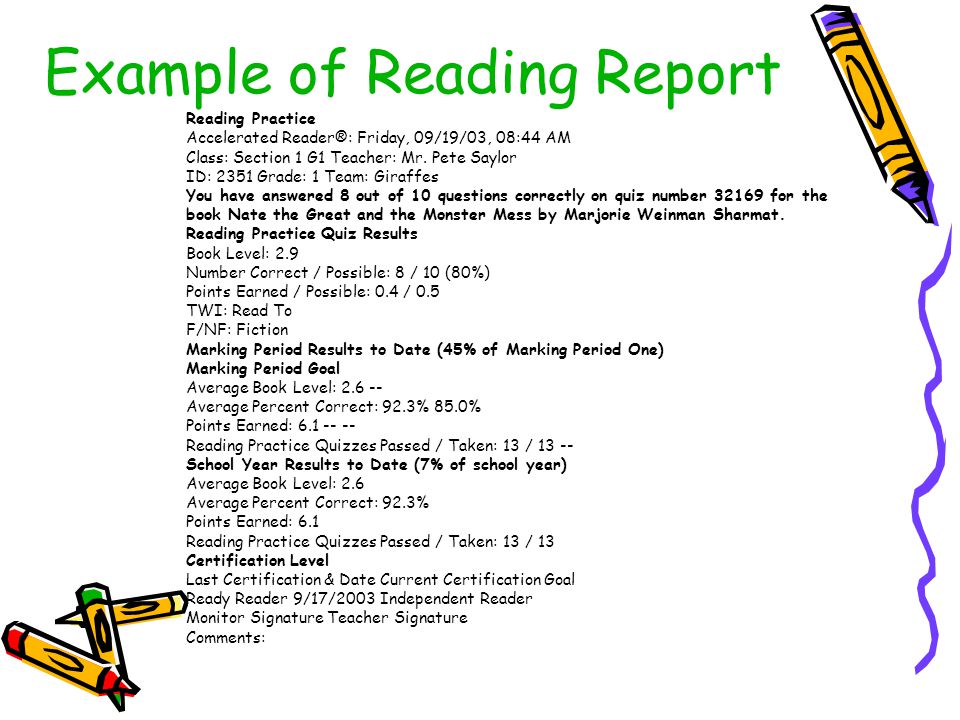 Most people read about 50 pages per hour. If you read 10 hours per week, you will read 26,000 pages in a year. Let's assume that on average there are 250 pages. Simple arithmetic: so you can read 104 books in a year. Moreover, you can even take a two-week break, and then you get exactly 100.
Most people read about 50 pages per hour. If you read 10 hours per week, you will read 26,000 pages in a year. Let's assume that on average there are 250 pages. Simple arithmetic: so you can read 104 books in a year. Moreover, you can even take a two-week break, and then you get exactly 100.
This is a good result, worth the time spent. What can not be said about reading the news on social networks.
“
read? I don't spend much time watching TV (the only exception is football season when I watch one game a week). I watch very few films. I don't spend Lots of commuting time to work. I don't spend a lot of time shopping.
- Shane Parrish, blogger Farnam Street
Looking at the statistics, the average person spends 35 hours a week watching TV, an average of one hour a day commuting to and from work and at least 1 hour per week for shopping.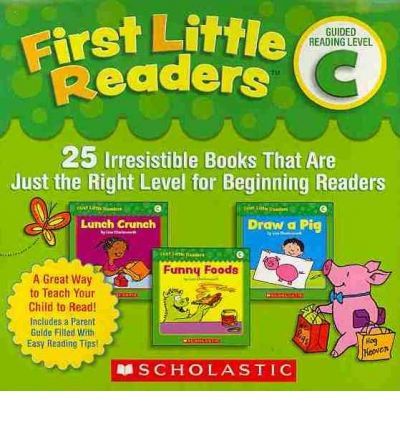 In total, this gives 43 hours a week, and at least some of that time could be spent reading.
In total, this gives 43 hours a week, and at least some of that time could be spent reading.
The obvious way to read more is to learn to read faster. And for most of us, quick wins are much more appealing than routine, slow reading.
Wavebreakmedia/depositphotos.com
So how fast can you read?
Staples, one of of the largest companies in the United States, engaged in the sale of office equipment, collected data on reading speeds of different people as part of an e-book advertising campaign. There are also Russian-language services for measuring reading speed. For example, you can check yourself Here.
According to research Staples, the average adult reads about 300 words per minute. But this is, of course, conditional. data. The rate depends on age and some other demographics.
data. The rate depends on age and some other demographics.
- A student in the 3rd grade reads about 150 words per minute.
- 8th grade student - 250 words per minute.
- Average college student - 450 words per minute.
- Average high-level executive - 575 words per minute.
- Average college teacher - 675 words per minute.
- Speed Reader - 1,500 words per minute.
- World Champion Speed Reader - 4,700 words per minute.
But fast reading is not always the best way to read more. Reading comprehension is much more important. Often high reading speed or reading obliquely leads to the fact that we retain worse in memory information and forget the details.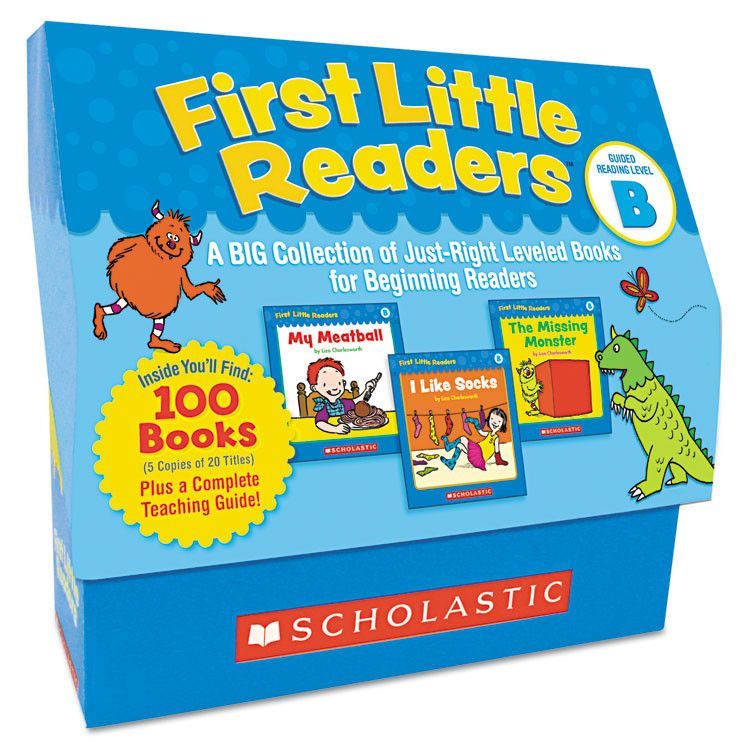 However, if you can improve your speed a little reading while maintaining reading comprehension is fine. This will definitely be beneficial. But reading faster isn't the only way to read more.
However, if you can improve your speed a little reading while maintaining reading comprehension is fine. This will definitely be beneficial. But reading faster isn't the only way to read more.
You can read quickly, or you can read a lot. The combination of these two skills is a great way to teach yourself to read and not get bored, but at the same time, each of these skills is valuable in itself.
Tulane Public Relations/flickr.com
In fact, for many people it is important not only to read book from beginning to end, for them the story itself is more important. Reading speed doesn't have that much values if you are reading for pleasure.
From this point of view, the desire to read more means having more time to read and getting more information in general: from books, magazines, blog articles, and so on.
And let's start with the main question. How how many books do you read in a year? According to research, the average adult reads 17 books a year.
The key word here is average. Because the gap between those who reads, and those who do not read, too big. There are those who read much more than 17 books in a year, there are those who read much less - not a single one. According to a 2013 survey, 44% of Russians generally do not take a single book in hand for the whole year.
So let's look at 3 easy way to take in more information.
Method
by Tim Ferris
Method #1
From Tim Ferris, author of How to Work 4 Hours a Day a week and at the same time not to hang around in the office “from call to call”, live anywhere and get rich” and others bestsellers, has its own technique that helps to increase the speed of reading by 3 times.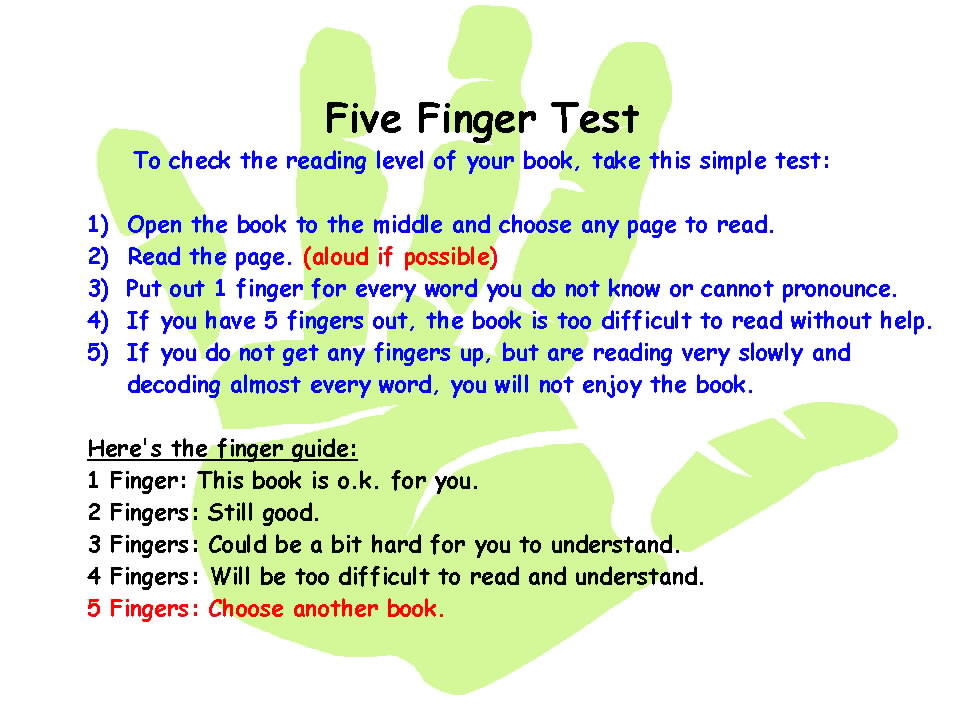 This technique consists of two techniques.
This technique consists of two techniques.
Use a pencil to follow and set the pace (this is how some people run their finger along the lines during reading). Many often return to what they read, jumping with their eyes along the lines. Such indentation slows down reading. But if you point your way with a pencil, then stop getting lost in the text, which means you can read faster.
Start every new line not from the first, but at least from the third word and finish reading the line in three words to end. Try to figure out the rest on your own or capture it with a peripheral vision. At first, do not worry about whether you understand what you read or not, because that the main goal is to adjust your eyes to the new reading speed.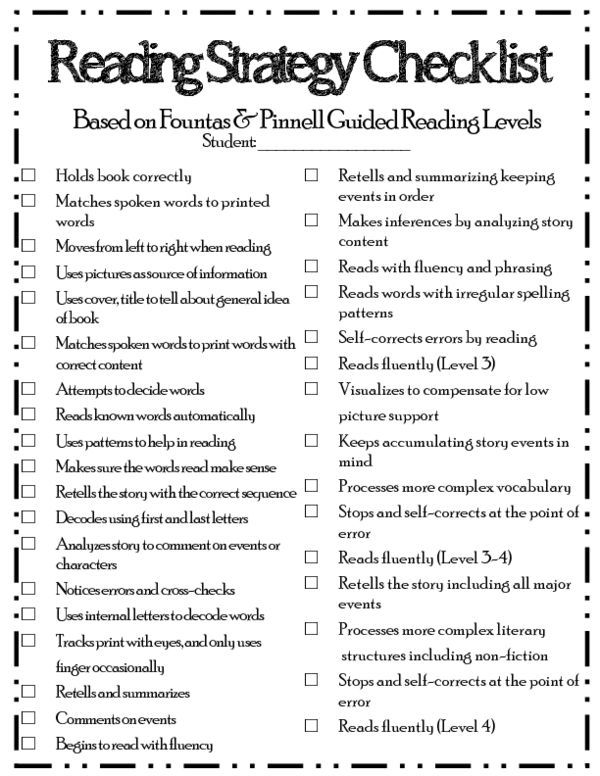 Ferris claims, that one should strive to read a line in half a second. Repeat this process until you get used to this speed, at which point reading comprehension will also start improve.
Ferris claims, that one should strive to read a line in half a second. Repeat this process until you get used to this speed, at which point reading comprehension will also start improve.
The first technique can be used to master second. With practice, you will train your peripheral vision and begin to quickly perceive words that your vision is not directly aimed at.
“
Untrained readers spend half their time in the margins, moving from the first word to the last. This means, that they spend 20–25% of their reading time on parts of the page that do not contain no information.
— Tim Ferris, writer
Use technology
Method #2
Is there room for innovation in reading? The emergence of new method confirms that it is. The Spritz speed reading system helps you read faster and platforms like Makeright to digest the contents of a book faster.
The Spritz speed reading system helps you read faster and platforms like Makeright to digest the contents of a book faster.
Spritz
Shows one by one word from an article or book at a time inside a special field. Each word in red one letter is highlighted to facilitate concentration. You set the speed at which it is convenient for you to perceive the text, gradually increasing this indicator. You can install readers that use Spritz technology on your smartphone (there are options for both iOS and Android), download your books and read them faster.
Makeright
Service that publishes summaries of popular books on business, psychology, science and health. You literally in 15 minutes you will learn the main provisions from the work of interest to you, the most saving your time.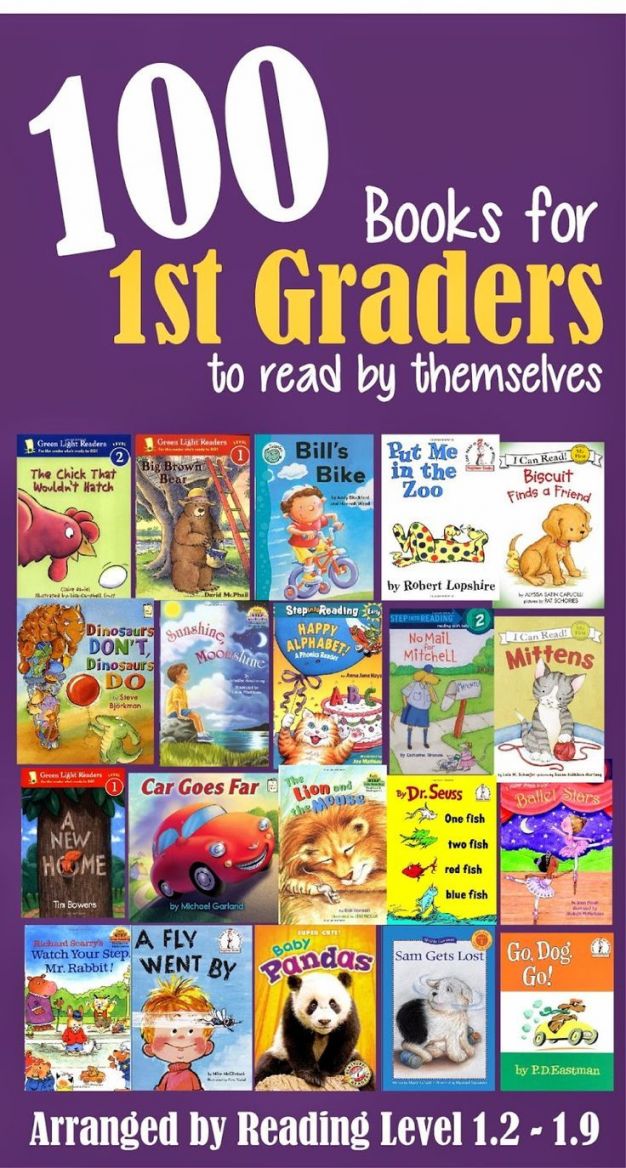 If you are interested in the book, then buy the full version and enjoy.
If you are interested in the book, then buy the full version and enjoy.
Buy eBook
Method no. 3
People who prefer e-books read in an average of 24 books per year, while adherents of traditional paper publications - only 15.
This is quite understandable. E-books are easy to use, portable and convenient. WITH they make it easier to spend a little time reading when there is a free minute. Certainly, maybe you won't read 9 right awaymore books a year, but at least interesting spend time in line or on public transport.
This seemingly counterintuitive advice comes from the author of the seemingly controversial book The Art of Talking About Books You Haven't Read, Pierre Bayard.
belchonock/depositphotos. com
com
Bayard is convinced that books should not be approached with simplified position "read" and "not read" - there are several more options:
books we have read;
books we flipped through;
books we have heard about;
books whose content we forgot;
books that we never opened.
Have you ever come across a book that the rest, just amazing, but which did not hook you in any way? And it's not because this book really sucks.
Just not all books fit to each. The book may be a top seller, but you may be disappointed written. Or maybe this book fell into your hands at the wrong time.
Anyway, if you can't turn the page, put the book aside and take hold of one that truly brings you joy and pleasure.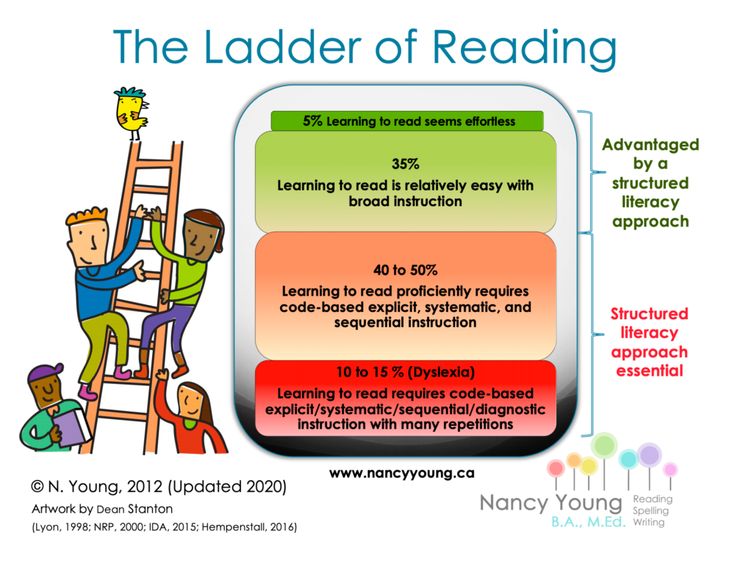
Perhaps in order to read more books, you should look at the process of reading from the other side? For example, for to keep abreast of fashionable literary novelties, you do not have to read bestsellers from the cover to the crust - just run them obliquely. Conversely, for books that really matter to you, approach more thoughtfully and seriously.
Read literature that is relevant to what is happening in your life. people already 2 Books have been written for 000 years, and among them there were many who found themselves in the same situation as and you: struggling teenagers, aspiring artists, broke entrepreneurs, new parents, and so on.
Read books that related to your profession or hobby. Read about the people who make you feel Delight. But don't pick up a book just because it's a bestseller or classics.
Read about the people who make you feel Delight. But don't pick up a book just because it's a bestseller or classics.
Josh Felise/unsplash.com
Visual Supply.co/unsplash.com
Annie Spratt/unsplash.com
“
time to read about things that don't interest you at all.
There are no strict rules for reading, so you can do whatever you want.
peshkov/depositphotos.com
Sometimes I read 5 books at a time. Yes, I I can read 50 pages of one book in the morning, and in the evening take up another. Although this is also a matter of taste. Someone else will probably prefer to read the book from beginning to end, before than take on another.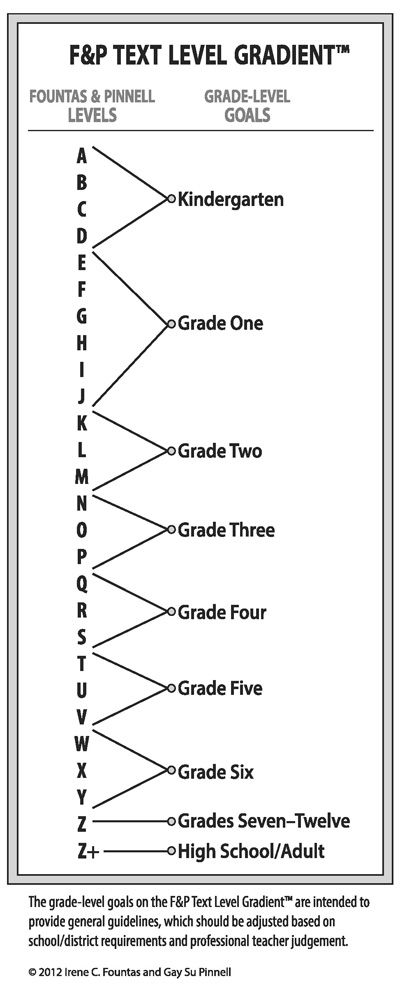
If you are reading something difficult, save it for the evening something easier. For example, before going to bed it is nice to read biographies. Yes, and artistic Literature is best in the evening.
But I can't read a book about investments lying in bed with a pen and notepad. If I do so, then I simply won’t be able to fall asleep until 3 in the morning, because the brain begins to work actively, assimilating new knowledge.
Knowledge is good because it can be used. But to keep knowledge in memory, you need a system. We offer you 3 memorization methods to choose from. They can be used individually or as part of a system.
belchonock/depositphotos.com
METHOD #1
Train your brain with impressions, associations and repetition
To better remember the books you read, you need to understand how our brain stores information.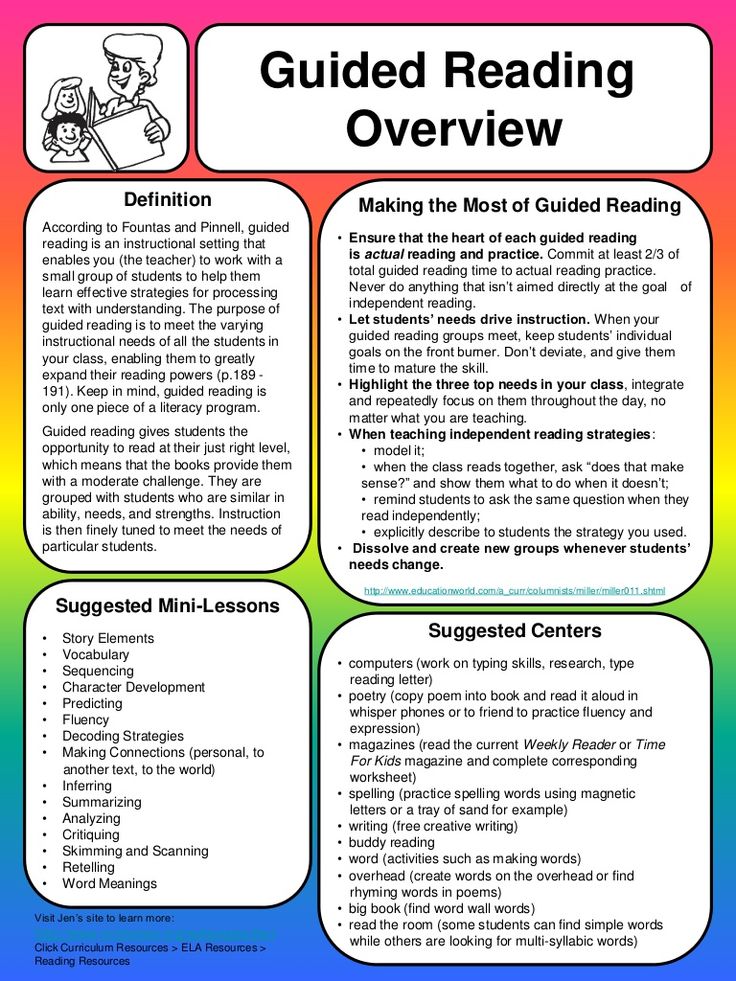 In this he is helped by impressions, associations and repetition. Let's take a look at an example. Let's say you're reading How win friends and influence people by Dale Carnegie, did you enjoy the book and you want to remember as much as possible.
In this he is helped by impressions, associations and repetition. Let's take a look at an example. Let's say you're reading How win friends and influence people by Dale Carnegie, did you enjoy the book and you want to remember as much as possible.
Impressions
Link the impressions to the text. Stop and try to imagine a picture in your head with yourself in the lead role. For example, when Carnegie describes his dislike of criticism, imagine that you get the Nobel Peace Prize and then throw away your prize. Another the way to turn on impressions is to read the passage aloud. Some of us are better perceive information aurally rather than visually.
Associations
Link the text to something you already know.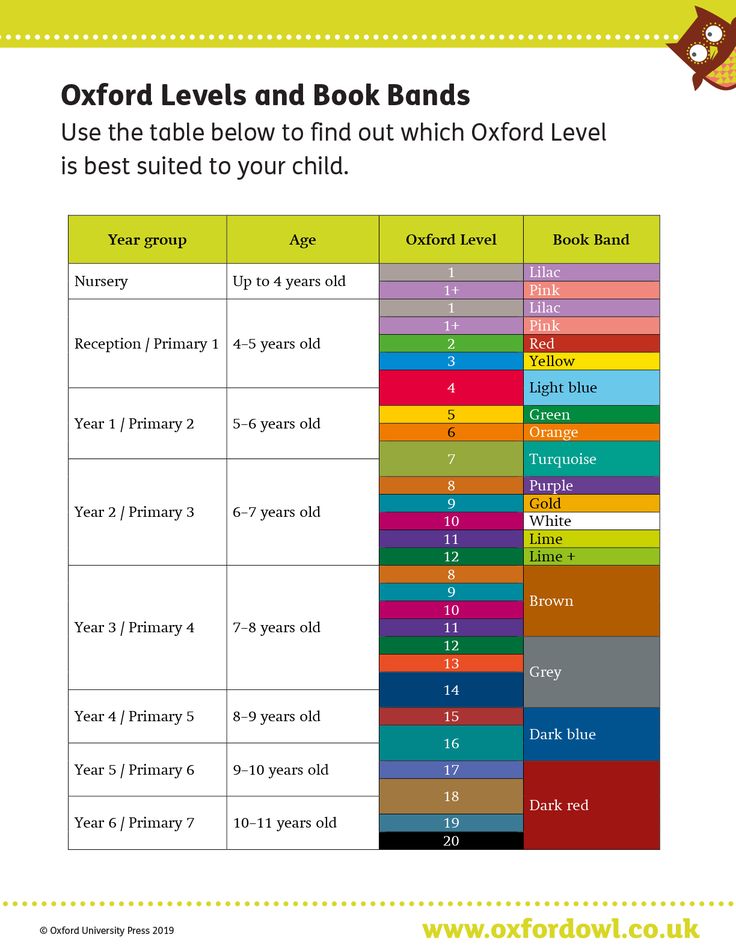 This method best used in conjunction with the technique of repetition. In the case of the Carnegie book, if you want to remember some principle, remember a specific example from your life when you could use it. Prior knowledge is the basis for building strong associations.
This method best used in conjunction with the technique of repetition. In the case of the Carnegie book, if you want to remember some principle, remember a specific example from your life when you could use it. Prior knowledge is the basis for building strong associations.
Repetition
The more you repeat, the more you remember. You you can immediately reread the passage you like or leave a bookmark to come back to it later.
By combining these elements, you can memorize better and better. The more you practice, the more you will memorize.
WAY #2
Focus
on four reading levels
In his book How to Read Books, Mortimer Adler identifies 4 levels of reading (each new level of perception of the book is based on previous one):
Elementary
The one we were taught at school.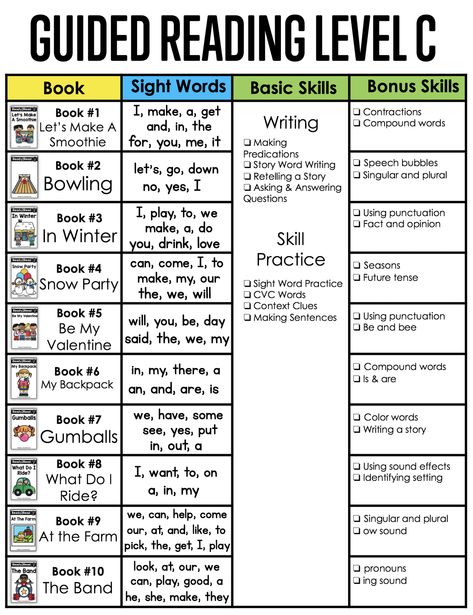
Inspection
Inspection reading can take two forms: fast, insufficiently careful reading or scrolling through the preface, table of contents, indexes and title pages.
Analytical
Involves a thorough, comprehensive study of the book.
Thematic
Read other books on the subject and compare your experiences.
Better understand the context and content of the book simple rules will help.
Classify the book according to topics.
State the main book's contents. Be brief.
Make a list of the main parts in sequence and establish connections between them.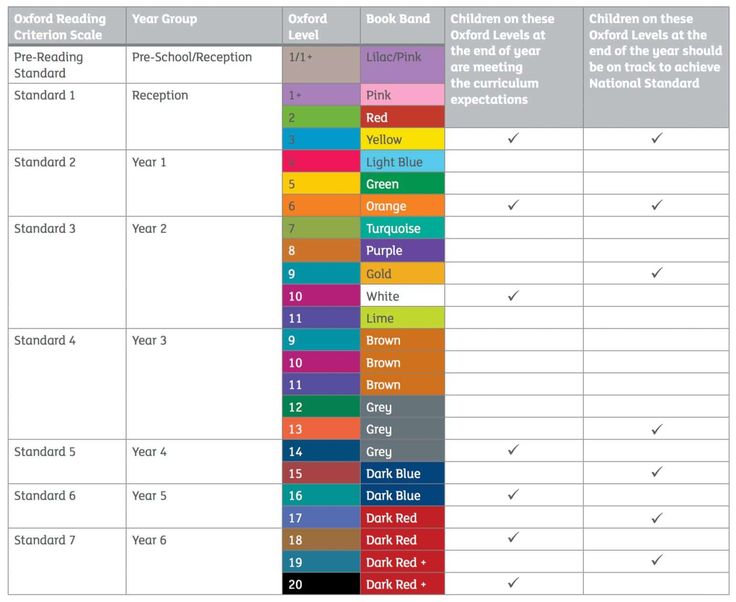 Describe very briefly the content of each.
Describe very briefly the content of each.
Identify the problem or problems the author is trying to solve.
When you take apart a book, you fix it in memory of the impressions received from it. Analysis of publications similar in subject matter will help not only to better understand the material, but also to remember it for a long time.
METHOD #3
Take notes
Take notes - This is one of the most popular and effective ways to remember the books you read.
When reading a book, do pencil notes in the margins, and highlight important passages with a marker. If you read e-books, add bookmarks and save text. But don't underline everything that seems even slightly interesting to you. Select only what which impresses you.
Select only what which impresses you.
If you read what If you definitely want to remember, turn down the corner of the page. For e-readers books: take a picture of the screen and save it as a note.
When you finish the book, go back to the folded pages and run your eyes over the notes.
Write in your own words (using the application or a regular notepad), what was the book read about and what advice given by the author.
Write down the most important quotes.
“
When I I finish a book, I put it aside for a week or two, and then I come back to it. I look at my notes and the places I marked as important.